War Comes to America
7 /10 1 Votes
Film series Why We Fight Duration Country United States | 7/10 IMDb Genre Documentary, War Music director Dimitri Tiomkin Language English | |||||||||||||||||||||||||||||||||
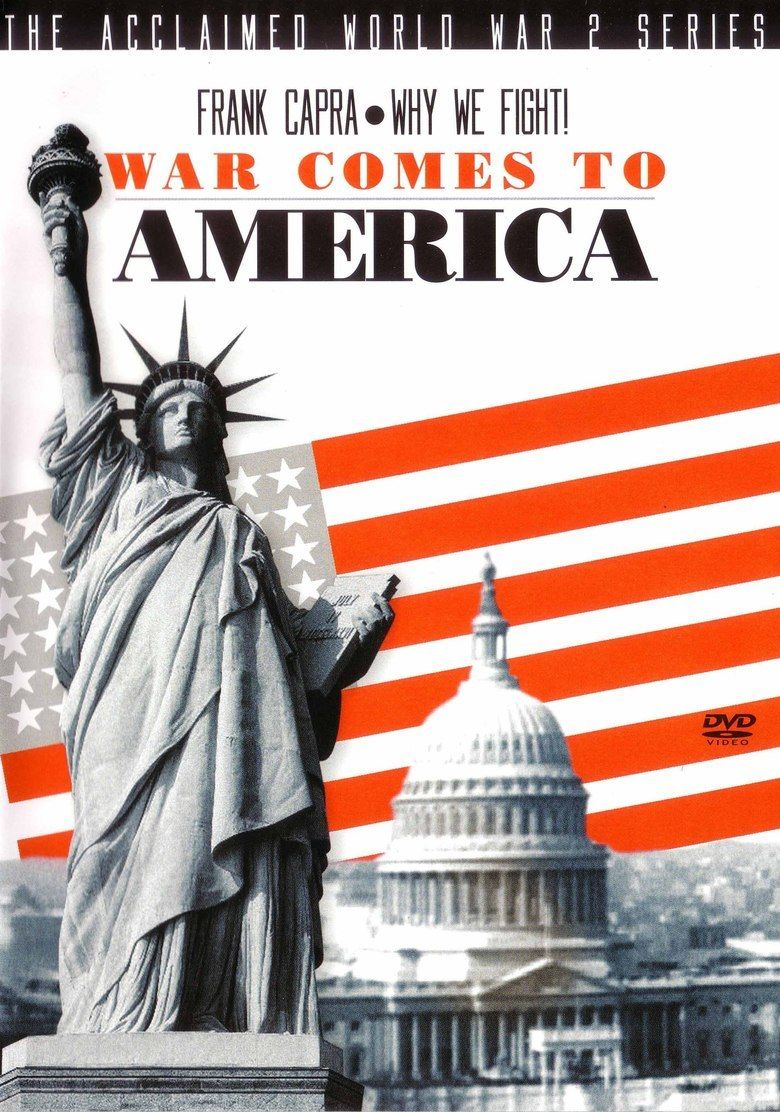 | ||||||||||||||||||||||||||||||||||
Director Frank CapraAnatole Litvak Release date June 14, 1945 (1945-06-14) Similar movies Why We Fight movies, Related Frank Capra movies | ||||||||||||||||||||||||||||||||||
Why we fight war comes to america
War Comes to America is the seventh and final film of Frank Capra's Why We Fight World War II propaganda film series.
Contents
The early part of the film is an idealized version of American history which includes mention of the first settlements, the American Revolutionary War (omitting the American Civil War), and the ethnic diversity of America. It lists 22 immigrant nationalities, 19 of them European, and uses the then-current terms "Negro", "Jap", and "Chinaman". This section of the film concludes with a lengthy paean to American inventiveness, economic abundance, and social ideals.
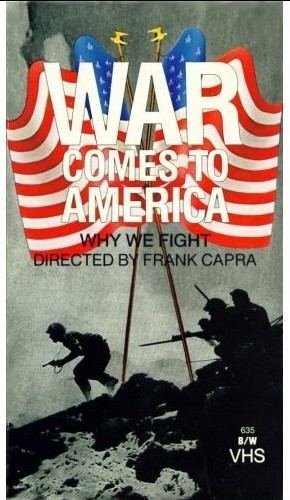
The run-up to World War II is then described, beginning in 1931 with the Japanese invasion of Manchuria. The film examines how American public opinion gradually changed from one of isolationism to one of support for the Allied cause, and demonstrates this using a series of Gallup polls.
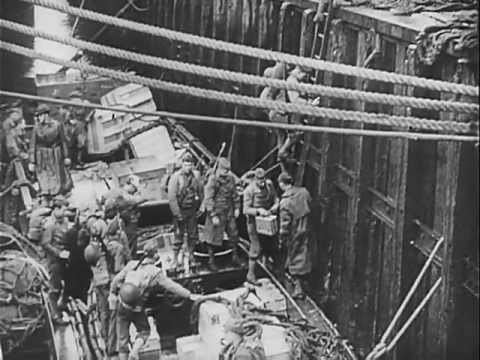
In 1936, public opinion is firmly isolationist, with 95% of Americans answering NO to the question "If another world war develops in Europe, should America take part again?". Congress responded with an arms embargo and a "Cash and carry rule" when trading with belligerents in raw materials.
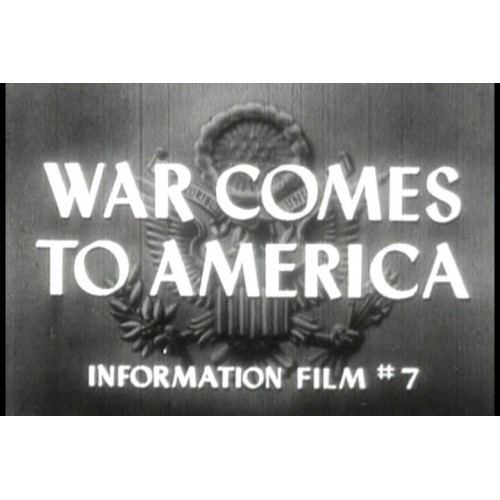
In September 1937, the question "In the current fight between Japan and China, are your sympathies with either side?" is answered CHINA 43%, JAPAN 2%, UNDECIDED 55%, while in June 1939 the same question gives a 74% vote for China. Anti-Japanese sentiment thus forced the US government to block trade in oil and scrap iron with Japan.
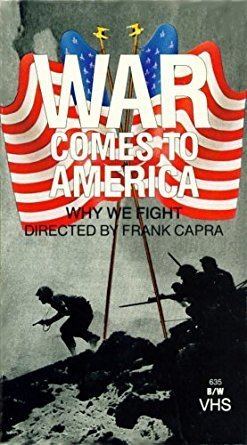
In October 1939, 82% of Americans blame Germany for starting the war in Europe, while in January 1941, after the Fall of France, and also the founding of the Tripartite Pact, which was clearly aimed against the United States, the question "Should we keep out of war, or aid Britain, even at the risk of war?", AID BRITAIN got 68% of the vote. This increase in pro-Allied sentiment triggered Lend Lease aid to Britain (and to the Soviet Union after it was attacked by Germany).
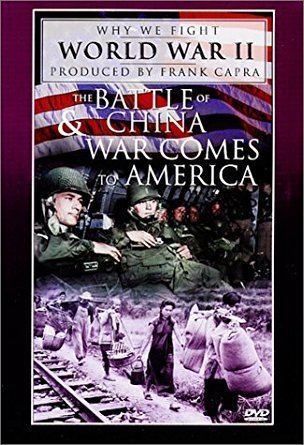
Towards the end the film argues in detail (to a backdrop of animated maps and diagrams) that American involvement in the war was essential in terms of self-defense. The dire consequences for the United States of an Axis victory in Eurasia are spelled out:
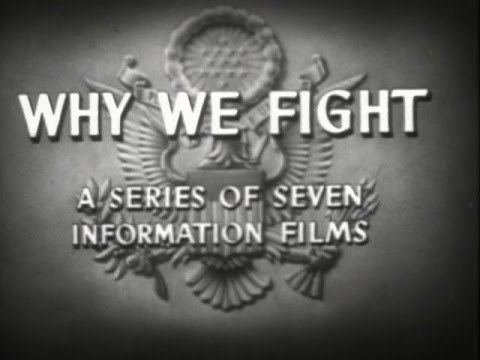

The film ends with the Attack on Pearl Harbor—the film shows how the Japanese negotiators in Washington, led by Saburo Kurusu, were still negotiating with the Americans while the attack was taking place in Hawaii. This was "the straw that broke the camel's back" that caused the United States to enter the war.
Why we fight war comes to america frank capra
References
War Comes to America WikipediaWar Comes to America IMDb War Comes to America themoviedb.org
